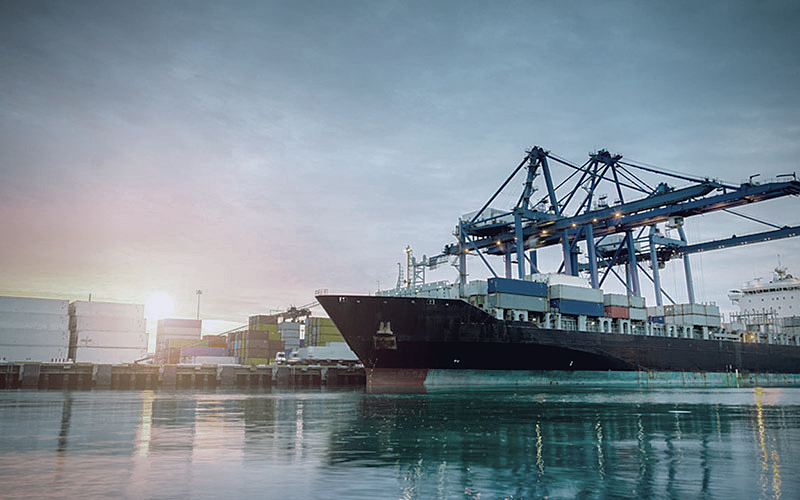
The Paris Agreement and a more widespread conscience about the consequences of pollution and weather changes brought climate-neutrality and the net zero carbon emissions goal in the limelight. Nowadays, human activities release into the atmosphere around 40 billion tons of carbon dioxide (C02) per annum, a quantity that is forecast to be increasing unless we commit to a shift in our patterns as consumers and production paradigms as companies.
One of the main difficulties we face at our time is dual: as billions of people are getting out of poverty, they do not only drive economic growth, but also the demand for energy. We therefore need to meet a rising energy demand while at the same time reducing carbon emissions. New technologies are contributing to changing the way energy is produced, transported and consumed, but the emissions-reductions side of this dual challenge means shifting decidedly to lower-carbon energy systems wherever possible, and adopting CCSs (Carbon Capture and Storage) systems when that shift is not possible.
The human activities that are destabilizing the Earth’s climate also directly contribute to ill health; the most direct link between them being air pollution. Burning fossil fuels for power, transport and industry is the main source of the carbon emissions that are driving climate change and a major contributor to health-damaging air pollution, killing every year over seven million people due to exposure inside and outside their homes. Global contributions of different sectors to the greenhouse gasses emissions that drive climate change are 14% from transport, 34.6% from energy for electricity generation and heat, 21% from industry, 6.4% from buildings and 24% from agriculture and land use change. Addressing and solving the issue in the first three sectors would mean reducing emissions by more than two thirds.
Besides private transportation, the most polluting means of transport are planes and boats. If planes are very difficult to tackle for various reasons, vessel are easier and have been object to new global regulations by the International Maritime Organization, which oblige them to use lower low-sulphur fuels starting from January 2020. Fitting an exhaust gas cleaning device is another option, which can also be applied to industrial sites smokestacks to reduce emissions driven by manufacturing sites.
Mist eliminators for wet scrubbers are one of the systems that can be used to retain harmful pollutant particles while at the same time recovering precious liquids. Beginning around 1947, these devices were developed to remove mist from gas streams through a phenomenon called entrainment, which separates the tiny mist droplets are carried away with the gas while scrubbing and sequestrating contaminants such as sulphur oxides (SOx) and acid mist from combustion effluents. Wet scrubbing systems have SOx-removal efficiencies in the range 85–98%, and work with most industrial air pollution applications, separating also ammonia gas, chlorine gas and hydrochloric acid (HCL).
FAIST is happy to announce that our team is working in the production of essential mist eliminators components and assemblies both in Asia and in Europe. Another step in the direction of a more sustainable future.



